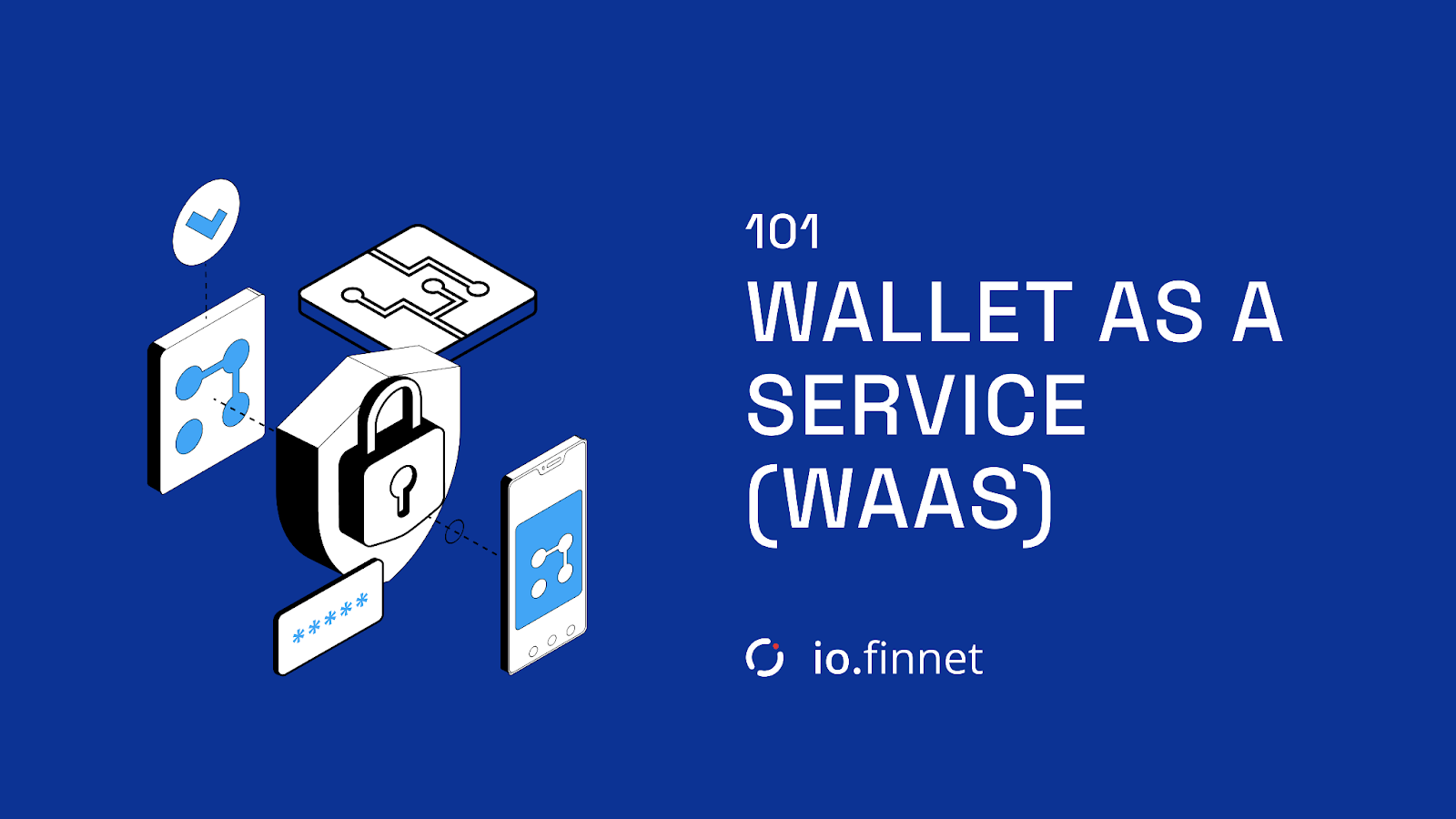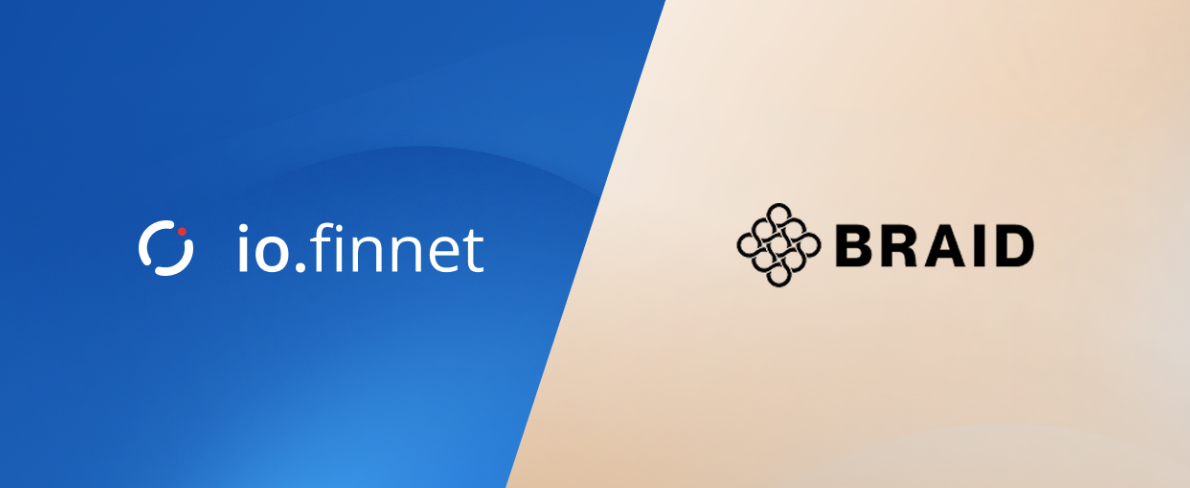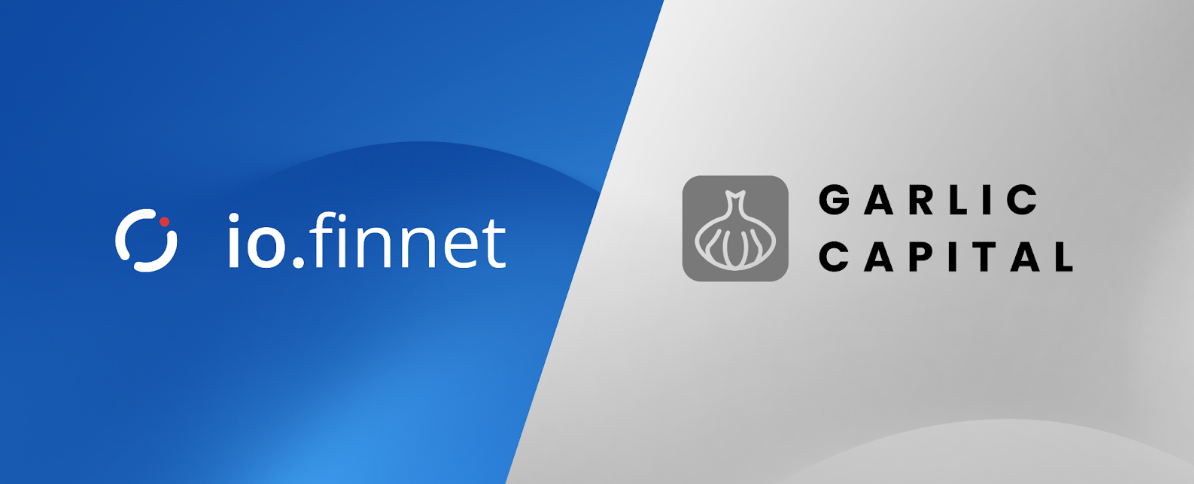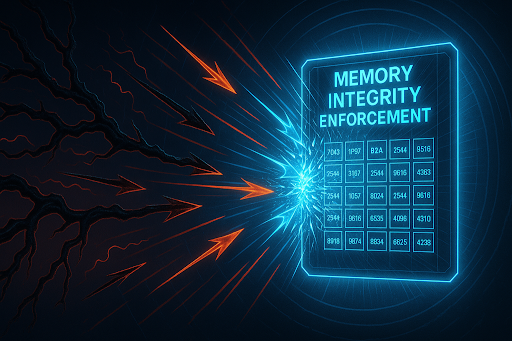LEARN
What Is Wallet as a Service (WaaS)?
Digital wallets are critical for any business that deals with crypto, tokens, or digital assets.
But building wallet infrastructure in-house? That’s time-consuming, expensive, and full of security risks.

Wallet as a Service (WaaS) offers a smarter alternative. It lets you integrate secure, scalable wallet functionality into your platform using pre-built infrastructure and APIs, hassle-free.
In this article, we’ll explain how WaaS works, why it’s gaining traction, and then highlight a reliable WaaS provider to explore in 2025.
This Article Contains
- What Is Wallet as a Service?
- 6 Essential Benefits of Using Wallet as a Service
- io.finnet: A Reliable Wallet as a Service That Prioritizes Security and Decentralization
- 4 FAQs About Wallet as a Service
Wallet as a Service (WaaS) is a solution that enables businesses to offer secure wallets without building the infrastructure from scratch. Through APIs and SDKs, WaaS providers allow companies to create, manage, and scale wallet functionality directly within their apps or platforms.
Unlike traditional wallets that are standalone apps, WaaS is designed to be embedded. It usually supports crypto, NFTs, and tokenized assets, making it ideal for Web3 platforms, fintechs, and other digital-first businesses.
Depending on the service provider, WaaS can offer custodial or non-custodial setups, including advanced cryptographic security like Multi-Party Computation (MPC) or Multi-Signature (Multisig) wallets.
If you want to scale quickly while keeping your wallet operations secure and compliant, WaaS is the way to go. Additionally, here are some of the key advantages of using Wallet as a Service:
- Faster Time to Market: WaaS providers offer ready-made infrastructure, which significantly reduces the time it takes to implement and deploy crypto wallet features. By outsourcing crypto wallet operations, your team can prioritize innovation, growth, and customer experience instead of infrastructure.
- Lower Development and Maintenance Costs: With a WaaS solution, you avoid the high upfront cost of building wallet infrastructure. Also, this helps you reduce ongoing expenses tied to updates, audits, and security.
- Enterprise-Grade Security: Many WaaS platforms use advanced technologies like Multi-Party Computation (MPC) or Multi-Signature (Multisig) to protect user assets and minimize risk. io.finnet takes things a step further and protects your digital assets with the advanced Trustless Multi-Party Computation (tMPC) technology.
- Regulatory Compliance Made Easier: WaaS platforms often come with built-in KYC, AML, and data privacy support, which help you meet global compliance requirements.
- Scalable Architecture: WaaS solutions are designed to grow with your business, which allows you to handle high transaction volume without performance drops.
- Multi-Asset and Blockchain Support: Many WaaS platforms, like io.finnet, support crypto and tokenized assets across various blockchains. This makes it easier to build cross-chain apps and serve users across different ecosystems.
Need a tool that can help you reap all these benefits?
Look no further than the io.finnet digital wallet solution.
The io.finnet self-custody platform offers a WaaS solution that empowers enterprises and financial institutions to manage digital assets directly (without relying on third-party digital asset custodians).

Our platform has quickly become a preferred choice for prominent entities in the digital asset space.
Wondering why?
io.finnet is designed to serve a diverse client base, including OTCs, cryptocurrency exchanges, market makers, and funds.
Additionally, here are the key features and benefits of io.finnet’s Wallet as a Service offering:
- Scalable Trustless Multi-Party Computation (tMPC): io.finnet is highly scalable and can be customized to fit any organization's needs, allowing the creation of unlimited vaults, signers, thresholds, and approver hierarchies to meet specific security requirements.
- Blockaid Transaction Simulation: This feature proactively screens for malicious activity during transaction orchestration, adding an extra layer of security to your operations.
- Developer Integration and Automation Capabilities: Offers comprehensive APIs and SDKs that enable full automation of end-to-end business processes and integration with DeFi platforms, providing a robust environment for tech-savvy users and developers.
- Customizable Transaction Costs and Speeds: Offers a customizable gas fee feature that allows financial institutions to adjust transaction fees based on their needs, optimizing for cost or speed.
- Advanced Disaster Recovery: Provides options for trustless disaster recovery, allowing for immediate funds recovery without third-party interaction, using existing signers to issue a "reshare" to replace lost or compromised devices.
- Web3 Access: Provides a unified interface to manage all your DeFi apps seamlessly, supporting both EVM and non-EVM chains through WalletConnect integration.
- Comprehensive Asset Support: Supports a wide range of user assets, including Bitcoin, Ethereum, and various tokens, ensuring versatility for diverse portfolio management. Explore our full asset support list.
- Compliance and Policy Enforcement: Enables enforcement of internal policies for transfer instructions and validation, ensuring that no single employee can control all funds, thereby enhancing security.
- Regulatory Compliance: Designed to comply with essential regulatory requirements like KYC and AML, adding an extra layer of security and trust for users.
With no limits and no fees on transactions or assets under self-custody.
Still have more questions about WaaS?
Let’s demystify them:
Here are the answers to all the additional questions you may have:
1. What Are the Key Factors to Consider When Picking a Wallet Service Provider?
Below are the critical factors to keep in mind when evaluating your digital wallet options:
- Security Standards: Choose the right wallet service provider that implements advanced security protocols like tMPC (Trustless Multi-Party Computation) to eliminate single points of failure to increase resistance against hacks. Also, ensure the wallet service provider undergoes regular third-party audits to validate the integrity of their security architecture.
- Customer Support and Responsiveness: Ensure the wallet service provider offers responsive customer support, ideally with 24/7 availability and dedicated account managers.
- Multi-Currency Support: Look for the right wallet service provider that offers multi currency support, as this will enable your platform to handle a variety of digital assets (from major cryptocurrencies to stablecoins and tokens).
- Track Record and Reputation: Evaluate the provider’s history, existing clients, and credibility in the digital asset or fintech space. For example, the io.finnet wallet service provider is trusted by over 1,500 clients worldwide, including crypto exchanges, OTCs, market makers, funds, and much more. Check out what people say about us.
2. What Are the Different Wallet Types Offered By WaaS Businesses?
Here’s a breakdown of the main digital wallet options and how they differ:
- Custodial Wallets: With custodial wallets, a third-party provider manages your private keys and handles transactions on your behalf. While this setup simplifies operations, it doesn’t give you direct control over your crypto assets. If the provider is compromised or goes offline, your access to funds could be delayed or lost entirely.
- Non Custodial Wallets: Non custodial wallets give you full control over your private keys and signing processes. Some of the common types of non-custodial cryptocurrency wallets include:
- Multisignature Wallets (Multisig): This digital wallet solution requires multiple people to approve each transaction, which makes them useful for teams or shared accounts. However, they may not be supported on all blockchains.
- MPC Wallets: MPC wallets use cryptographic techniques to split signing responsibilities across multiple devices or users. The private key in an MPC wallet is never fully reconstructed, which enhances both security and operational flexibility. Some advanced WaaS providers, like io.finnet, offer trustless MPC (tMPC) setups, where signers hold their shares locally, sign without relying on a central server, and retain full recovery capability. Unlike in a standard MPC wallet, the architecture of a tMPC wallet removes backend dependencies and delivers true decentralization, privacy, and resilience.
3. What Are Some of the Key Use Cases of Wallet as a Service?
Below are some of the most common ways businesses are leveraging WaaS to secure digital assets:
- Exchanges: Create deposit addresses per user. Reconcile faster. Maintain AML and fund segregation requirements.
- Neobanks & Fintechs: Offer crypto deposit functionality with deterministic sub-wallets, without the compliance headache of full custody.
- Lending Desks: Track borrower deposits, loan disbursements, and repayments with separate addresses. Maintain real-time LTV visibility.
- OTC Desks: Assign dedicated sub-wallets to institutional clients. Meet audit, onboarding, and reporting requirements.
4. What Is the Difference Between Embedded, Web3, and Mobile Wallets?
Not all digital wallets are built the same, each type serves a different purpose depending on the platform and user needs. Here's how embedded, Web3, and mobile wallets compare:
- Embedded Wallet: An embedded wallet is built directly into an app or platform. This allows users to interact with crypto assets without needing to install separate wallet software.
- Web3 Wallet: A Web3 wallet is designed for interacting with blockchains and decentralized applications (dApps). It’s commonly used to store crypto, manage NFTs, and sign transactions on-chain.
- Mobile Wallet: A mobile wallet is an app optimized for smartphones and tablets, providing convenient access to fiat or crypto funds on the go. They often include features like biometric login, QR code scanning, and push notifications for transactions.
Simplify Wallet Integration With io.finnet’s WaaS Solution
Managing cryptocurrency wallets doesn’t need to be complicated or resource-heavy. With the right partner, you can launch faster, stay secure, and scale with confidence.
io.finnet offers everything you need to embed a secure, self-custody wallet into your platform.
Powered by Trustless Multi-Party Computation (tMPC), io.finnet eliminates single points of failure and removes the need for centralized intermediaries. You get enterprise-grade security, seamless integration, and full asset control — right out of the box.
Ready to explore this cutting-edge WaaS solution?
Get started with io.finnet for free today.


.svg)



